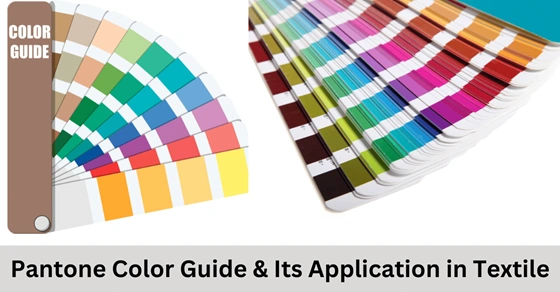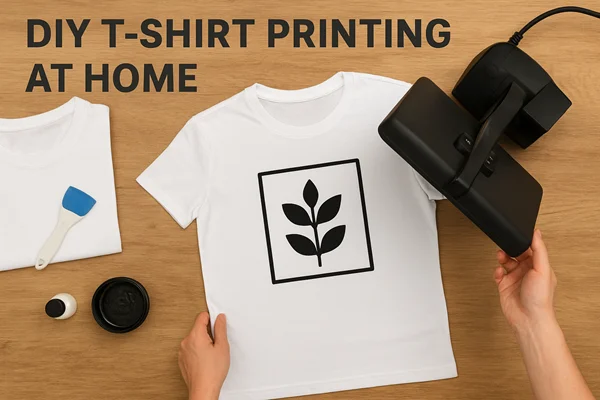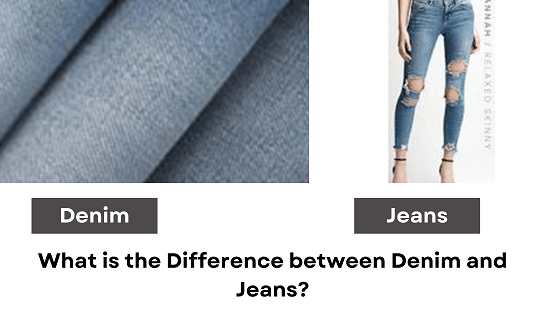Pantone Color Guide & Its Application in Textile and Apparel
Pantone Color Guide & Its Application in the Textile and Apparel Industry
Pantone color codes are numerical codes that represent colors in the Pantone Matching System (PMS). It defines the exact color required by the customer. With the help of the Pantone color code, we can easily find out the exact color that the customer requires. By using the Pantone code it’s easy to find out the right color. This Pantone color code guideline is used mostly in the textile industry. In this article, we are discussing Pantone Color Guide & Its Application in the Textile and Apparel Industry.
Pantone History
Pantone was made by Lawrence Herbert, who had experience in printing and color matching. To identify the correct color he invented a color code to identify the right color. Pantone immediately becomes the standard for color matching in the printing industry. Right now Pantone is to correctly match the color in everything from textile industries to cosmetics. Pantone code palettes are used across the world.

Pantone & Textile Industry
The Pantone color code is the most important tool in textile industries to meet the color requirements of customers. The color guide provides a universal language for communicating exact colors. For example, a customer asked for “XXXXX” color fabric. How will we know exactly what color he is talking about? Many people say many things. But if we have the Pantone code for that color then we know exactly what color is required by our customer. The Pantone Color Guide is essential for creating quality products for the textile industry.
Types of Pantone Color Guides
- Pantone Solid Coated Color Guide: This includes 1,867 solid colors and is used for printing on coated paper.
- Pantone Solid Uncoated Color Guide: This includes 1,867 solid colors and is used for printing on uncoated paper.
- Pantone Metallic Color Guide: This includes 120 metallic colors and is used for printing metallic inks.
- Pantone Pastels & Neons Color Guide: This includes 210 pastel and neon colors and is used for printing softer tints of a color.
- Pantone Color Bridge Coated Color Guide: This includes 1,867 solid colors with corresponding CMYK and RGB values and is used for color matching between different systems.
- Pantone Color Bridge Uncoated Color Guide: This is the same as the Coated Color Guide except it is used for uncoated paper.
- Pantone Plus Series Graphic Designers’ Edition Color Guide: This includes 2,161 solid colors and is used for creating digital art and designs.
TCX and TPX shade difference
The main difference between the shades of TCX and TPX is the amount of pigment and binder used in the formulation. TCX shades are typically more intense, vibrant, and opaque than TPX shades, as they contain more pigment and binder. TCX shades also offer a wider array of colors, including some specialty shades that are not available in the TPX range. Additionally, TCX shades are more expensive than TPX shades, due to their higher quality and greater color selection. Sometimes the customer provides us with the Pantone color code in TCX but we use the code TPX. In that case, after finishing the work the shade is not matching.
TCX is the standard color swatch dyed on poplin fabric and TPX is the standard color swatch printed on paper. Ranges of Lightness, Hue, and Chroma
- Lightness: Minimum- 11 & Maximum- 19
- Hue: Minimum- 1 & Maximum- 64
- Chroma: Minimum- 0 & Maximum- 64
The Pantone code is very important in the Textile industry. Especially in the dyeing and printing section, as well as the apparel industry, people know the importance of Pantone. Pantone just made life easier for textile industries. Pantone Color Guide ensures that manufacturers across different regions match colors accurately and reduces color discrepancies between designers, suppliers, and production teams in the Textile and apparel industry.



